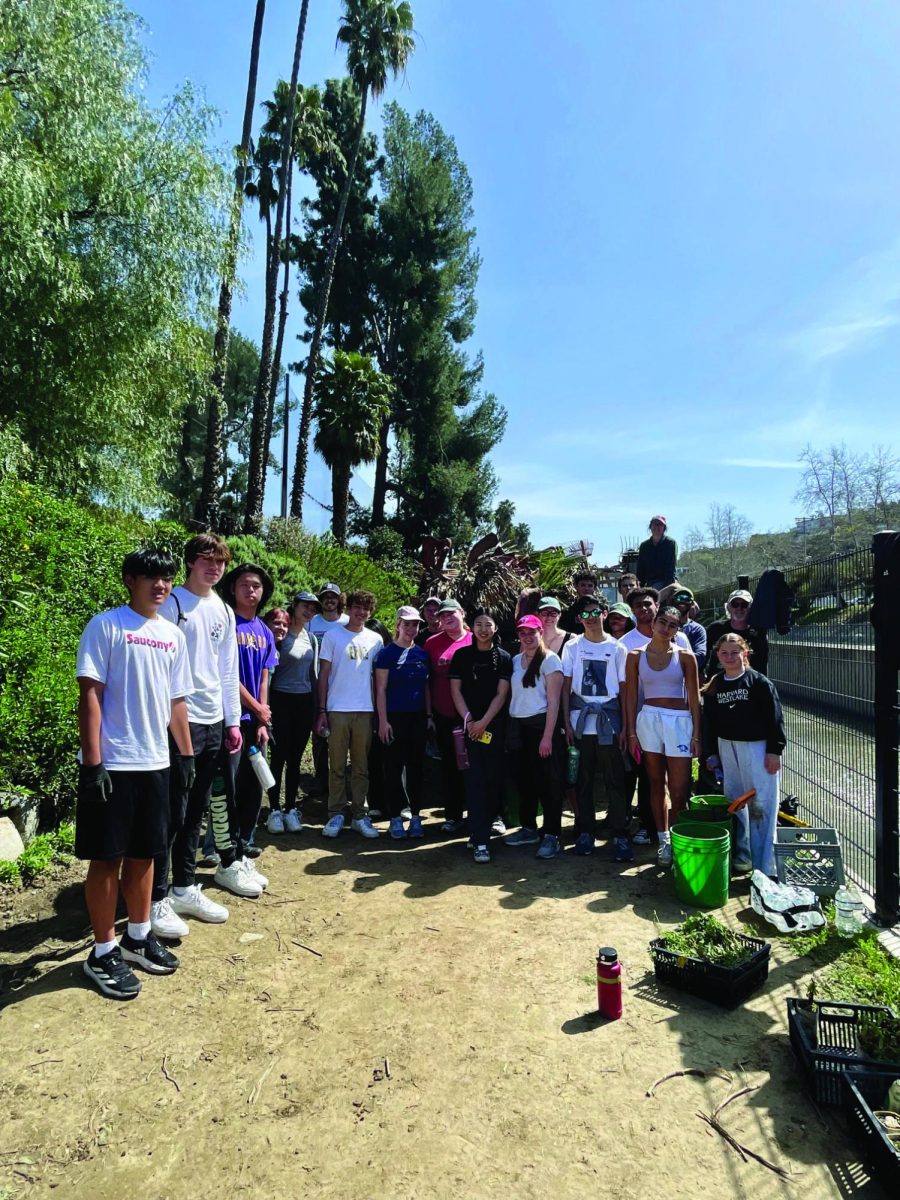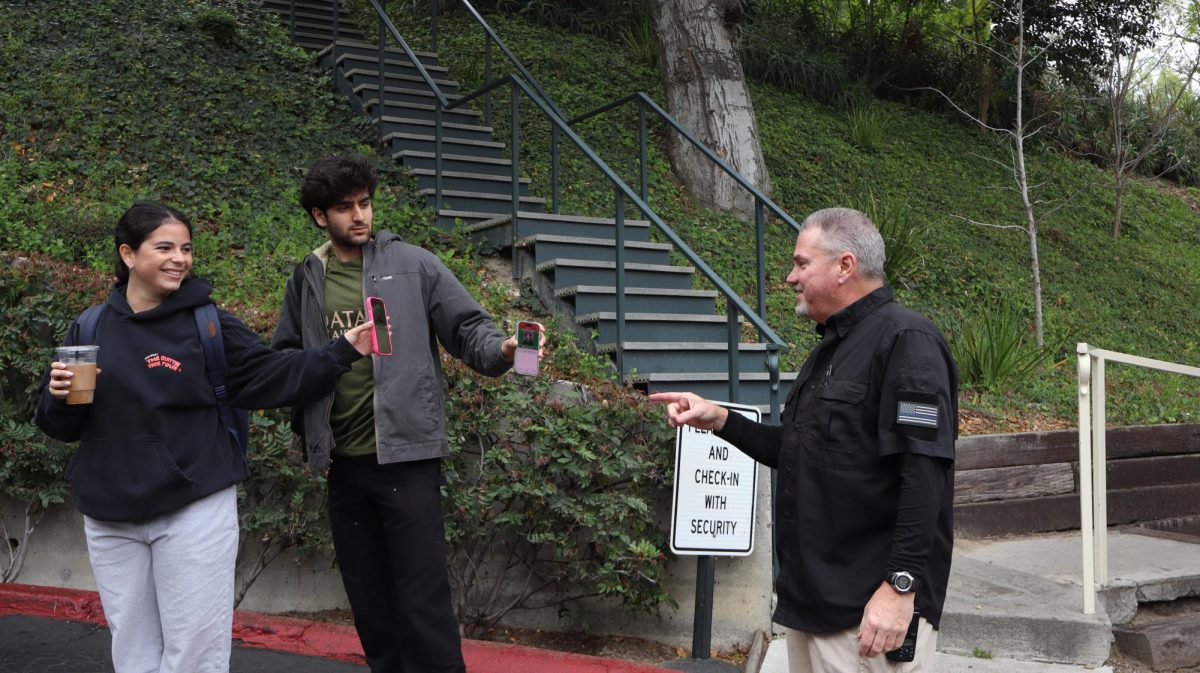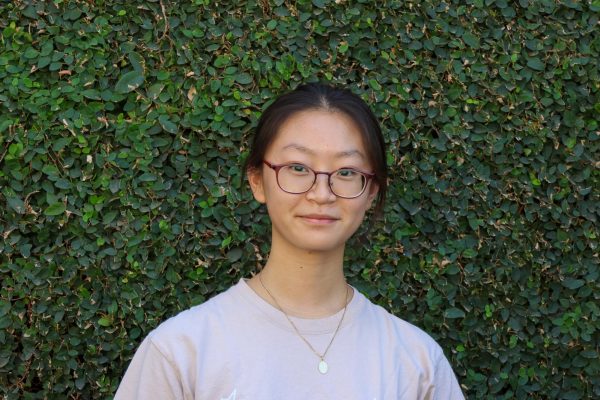Advanced Placement Environmental Science (APES) students visited the Los Angeles River for their fourth environmental service trip of the year March 9. During the trip, students went on a nature walk, weeded out invasive mustard plants and planted native plants.
Upper School Science Teacher Nadine Eisenkolb said service trips are important because they expose students to nature and help them understand their impact on the world.
“I cannot get students to care about the environment without taking them into [it] and having them experience it,” Eisenkolb said. “[I] also want students to see [that] there are other people outside of the school who care about these things and spend their Saturday mornings helping the environment. Civic and communal engagement is important to teach our students in addition to environmental stewardship.”
George Ma ’25, who attended the service trip, said he was able to recognize the environmental impact of each volunteer’s contributions.
“I realized the passion [that the] volunteers had [for] dedicating a major part of their lives to fight the same issue,” Ma said. “I also realized how important these actions are, [even though] they might go unnoticed. I felt useful and proud because what we did is going to impact our surroundings.”
APES students are required to attend one out of the six service trips offered per year, according to Eisenkolb. Charlotte Whang ’25 said these service trips allow students to recognize how they can contribute to and participate in combatting the environmental problems discussed in their classes.
“In APES, we learn a lot about the ‘illnesses’ of the environment, [like] climate change, pollution [and] waste,” Whang said. “It can get depressing sometimes. For me, it’s important to be involved in trips like these to remind myself that there are ways to counteract some of the damage that has been done to the environment. Participating in trips fosters optimism for the future of the environment. It’s great to realize how many other people also care about the same things as I do, and it’s [gratifying] to be able to see the little plants that we all worked together to nurture.”































